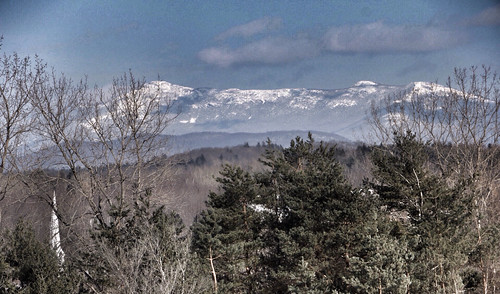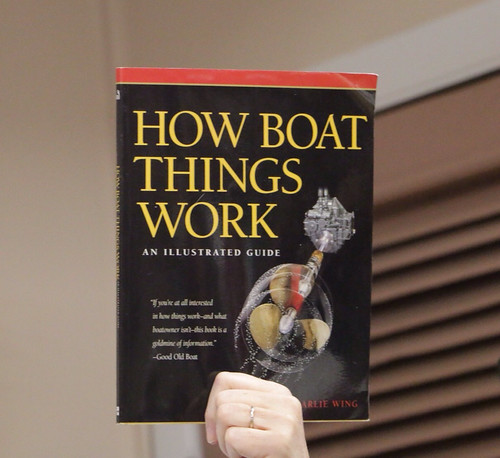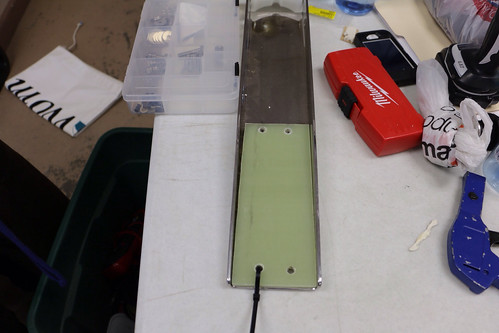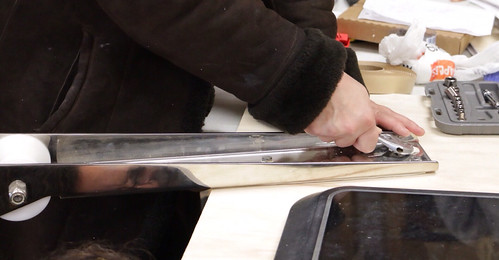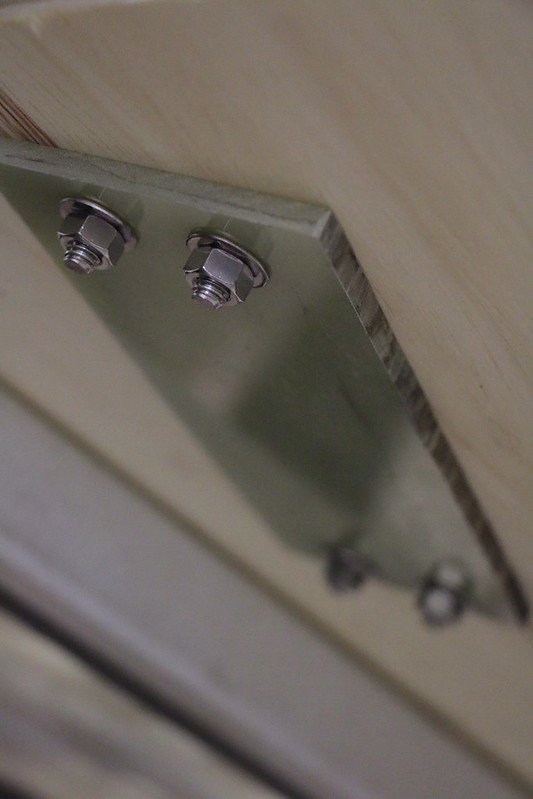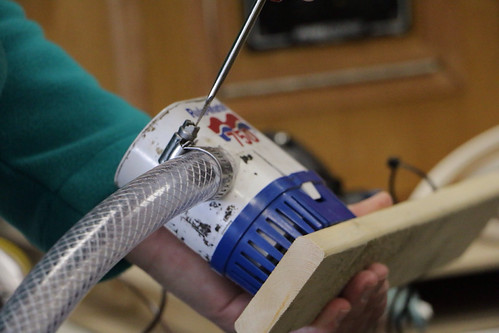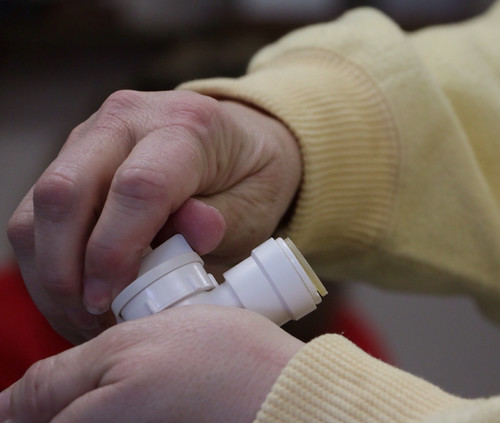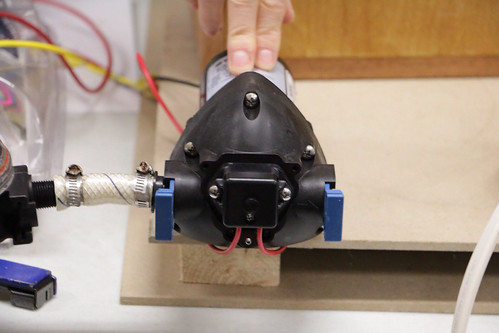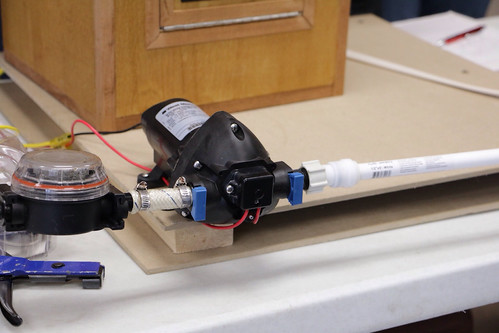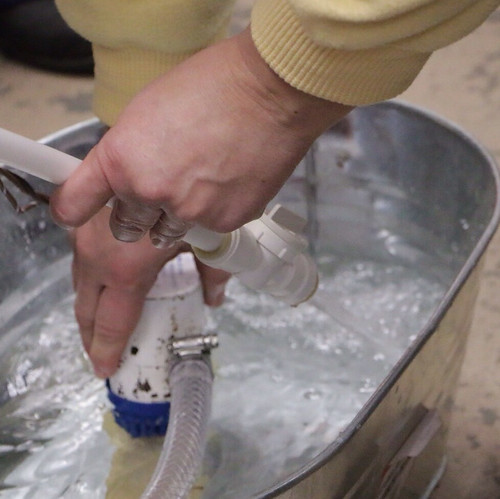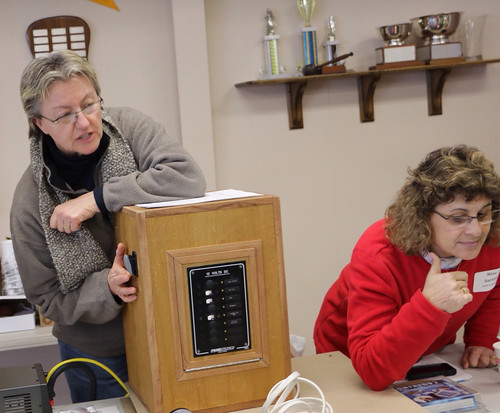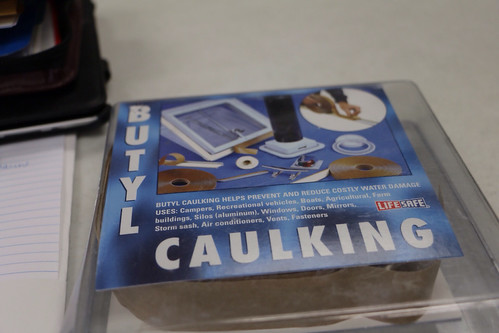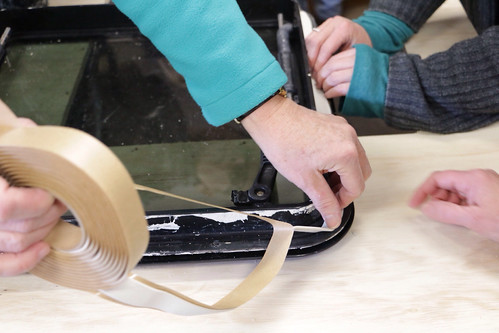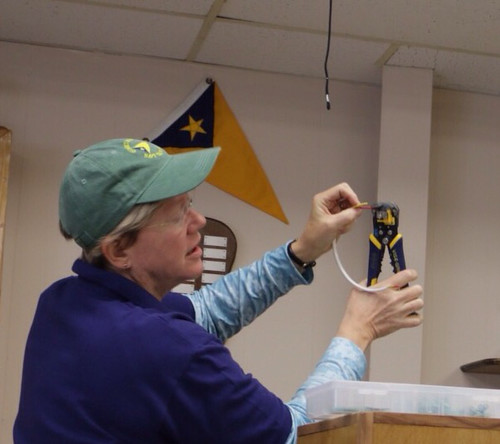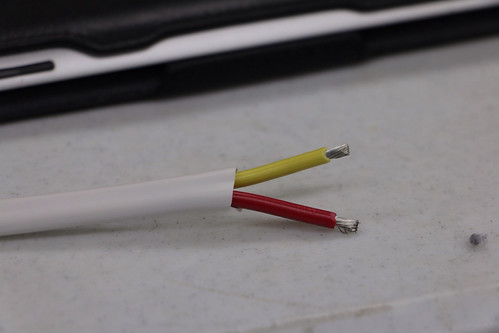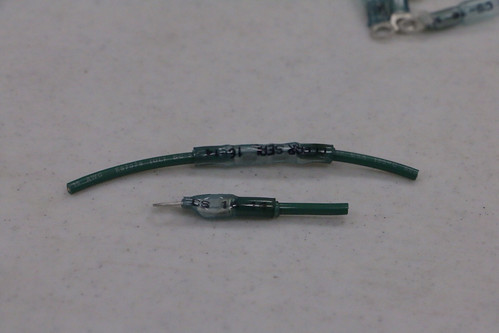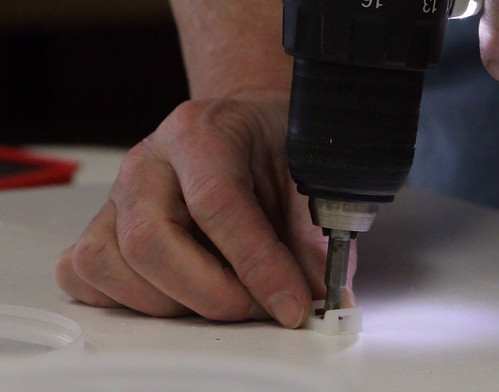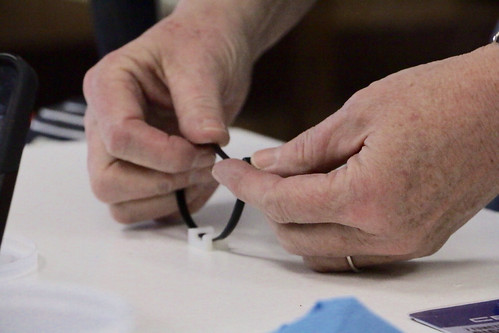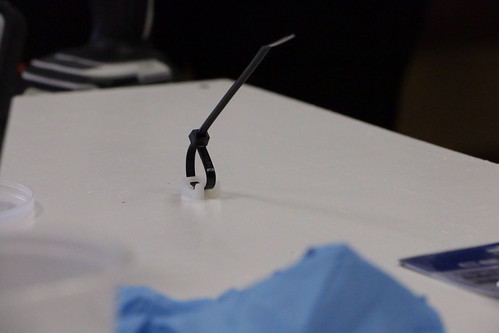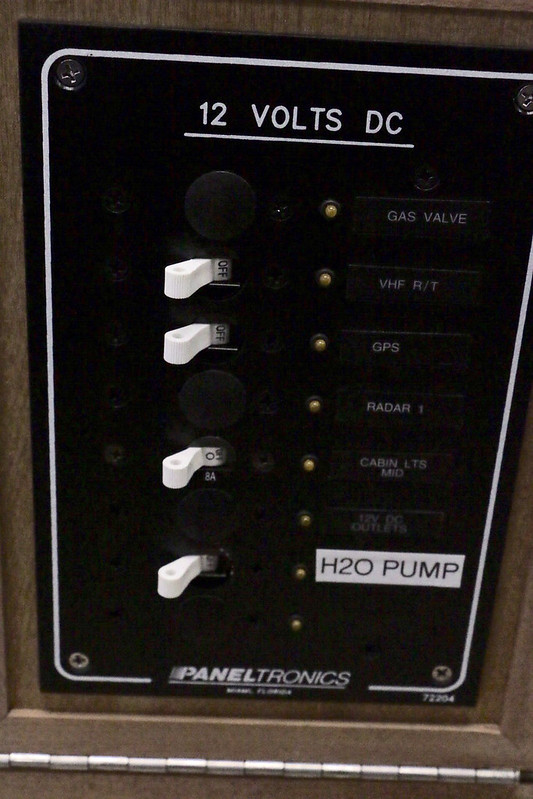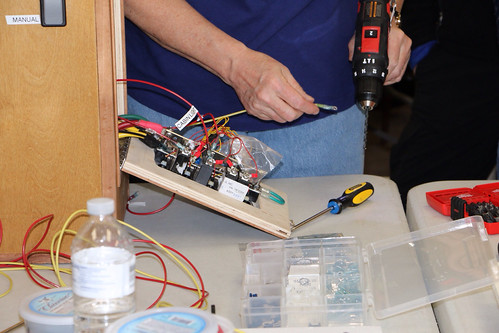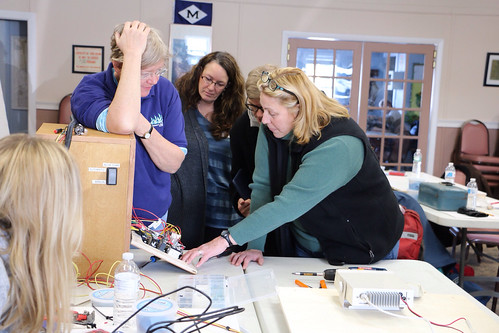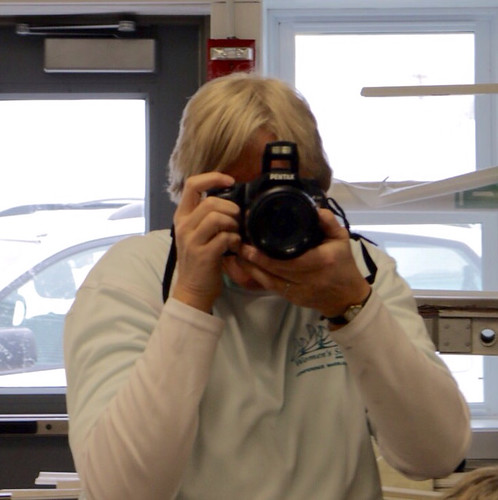
TIDES and VECTORS
This year’s trip aboard R.E.D. has been every bit the adventure we had hoped it would be and so much more. Adventure, in the sense that it has taken us out of our comfort zone in so many ways but as François’ brother said our ‘good planning, training, discipline and courage’ got us through.
The discipline has always been there (almost 40 years of military service for François and my finicky cat nature has seen to that). The courage part is a curious thing. Each time we think, OK , I don’t want to go through THAT again we come out the other side thinking OK, maybe that wasn’t such a big deal. I still remember our first outing four years ago, full sail and heeling at 20 ° and Captain says: ” I’m not comfortable with this!” Or our first ‘severe’ storm this year when I was more than ready to call the Coast Guard. Since then we’ve been at anchor in worse wind conditions rocking and rolling port and starboard at 30 ° and yes, Captain wasn’t comfortable but no, I didn’t make an emergency call. That’s to say, it gets easier.
All of this brings me to the training part. We both have taken courses through Canadian Power and Sail Squadrons and without exception each course has proven valuable but this year because of the nature of the Saint Lawrence environment we felt much better prepared. We credit our instructors, George (Seamanship), Grant (Boat and Engine Maintenance, ROCM), Ed (Fundamentals of Weather) and Richard (Advanced Piloting) for pounding the important stuff into our heads. And probably one of our most valuable assets has been our friend Beth who taught a most excellent women-only course on boating electrical systems in Rhode Isalnd. And her advice on helping us remedy so many of our electrical issues has allowed us to sail along this year off grid stress-free.
One of the most curious situations arose yesterday when our plan after hearing the weather report was to leave the feisty north shore to head to a quieter south shore using the low to high tide for the best push.

La Malbaie
So here’s your mental image: this section of the Saint Lawrence runs approximately east/west. We wanted to head almost due south to reach the opposite shore near Kamouraska. East/west river and us heading north to south. Got it?

Kamourska, South Shore
This is how it played out. Our heading was pretty much due west at about 5 knots. After two hours we reached almost the exact point opposite our north shore starting point on the south shore.
Set! Drift! Vectors! It’s just mathematics!

Le Pilier de Pierre Light House
The rest of our day was using the tidal currents to our advantage, at times through one channel the seven knot current gave us a 10 knot push. We were flying!

Set and Drift
Another challenge has been to find suitable anchorages because we wanted to spend as much time off grid as possible, but the following chart shows some of the limitations so frequently found along our route. The example below is an area about 4 nautical miles from shore. The red underlined depths are negative charted depths (above water line, folks)

Chart Depths
Today was no exception to challenges on the water. Good weather, not so good weather, rolling swells, a little sailing and a whole lot of motoring and at the end a rainbow.

Rainbow over La Pocatiére
…and after 60 nautical miles and 11 hours we tied the lines for the night, poured a rum and watched the full moon rise.

Full ‘Buck’ Moon


